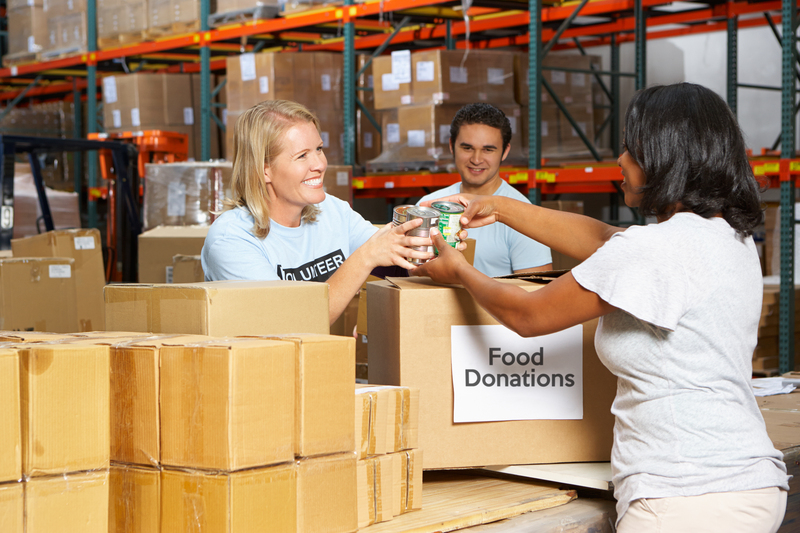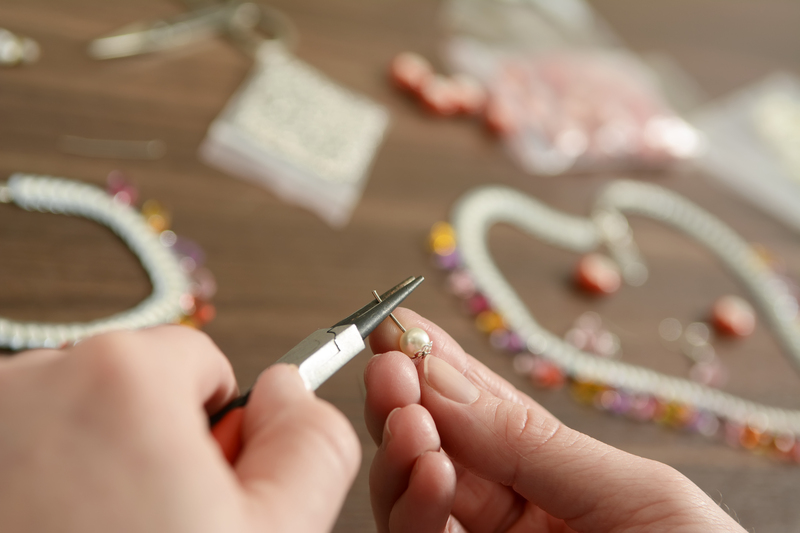The Complete Guide to Disposing Pots and Pans Greenly
Upgrading your cookware or cleaning out your kitchens can quickly lead to the pile-up of old, worn, or mismatched pots and pans. While tossing them in the trash may seem convenient, it can have negative effects on the environment. This comprehensive guide explains how to dispose of pots and pans in a green way--minimizing waste while serving the planet and your community.
Why Green Disposal of Cookware Matters
Many people are unaware that improper disposal of old pots and pans can add to landfill problems and environmental pollution. These cooking vessels are often made with materials like aluminum, stainless steel, non-stick coatings, and sometimes even copper. Dumping them isn't just wasteful--it can also leak harmful substances into the soil and water supply.
By choosing eco-friendly ways to dispose of your cookware, you help conserve resources, minimize pollution, and even support your local community. This guide will walk you through all the responsible options available, from recycling to upcycling and repurposing.

Know Your Cookware Materials: What's Recyclable?
Before you dispose of any kitchen item, it's important to identify the material types. This determines whether your pots and pans can be recycled, reused, or require special disposal.
- Aluminum: Highly recyclable and widely accepted by recycling centers.
- Stainless Steel: Durable and easy to process for metal recyclers.
- Copper: Valuable and always in demand at scrap yards.
- Cast Iron: Long-lasting and recyclable, but also great for repurposing.
- Non-stick Coated (Teflon or Ceramic): Certain coatings require special handling; not all are recyclable through curbside programs.
Tip: Check the bottom of cookware for recycling symbols or materials listed.
Eco-Friendly Ways to Dispose of Pots and Pans
1. Donate Usable Pots and Pans
If your cookware is still in decent, functional condition, donation is an excellent, green option. Charities, shelters, and thrift stores often accept gently used pots and pans, so long as they're clean and free from major damage.
- Goodwill and Salvation Army: Drop off locations welcome housewares.
- Homeless shelters: Reach out to see if they accept cookware donations.
- Food banks and community kitchens: Support meal services with functional pots and pans.
By giving your old cookware a second life, you reduce landfill waste and help those in need.
2. Recycle Old Pots and Pans Responsibly
For metal cookware that's broken or too worn out for donation, recycling is the next best option. Here's how the process typically works:
- Remove all non-metal parts (plastic handles, glass lids). Recycle these separately if possible.
- Contact your municipal recycling center or scrap yard. Many accept metal cookware, but check which materials and coatings are allowed.
- Some centers require you to drop items off at a designated scrap metal location rather than curbside pickup.
Most pots and pans made from aluminum, stainless steel, copper, or cast iron can be recycled. However, those with Teflon or enamel coatings may need special handling.
Pro Tip: Call ahead to confirm your local facility's rules regarding recycling old pots and pans.
3. Upcycle or Repurpose Old Cookware
Creative reuse is a fun, eco-friendly way to keep old cookware out of landfills. Even battered, mismatched, or vintage pots and pans can find a new purpose:
- Planters for herbs or flowers
- Wall art or decorative shelves
- Organization bins for small tools, office supplies, or craft materials
- Bird feeders (use an old frying pan or colander)
With a little DIY spirit, your old cookware can become functional and beautiful once again.
4. Sell or Give Away
Don't forget that you can resell or offer old pots and pans for free through online marketplaces and social media groups:
- Facebook Marketplace
- eBay
- Craigslist
- Local Buy Nothing groups
This ensures your cookware gets more use and benefits someone else, further reducing your environmental impact.
Disposing Non-Stick, Teflon, and Specialty Cookware
Disposing of non-stick pans, Teflon-coated, or ceramic cookware can be tricky. Many municipal programs don't accept these in regular metal recycling due to their chemical coatings.
Check Local Regulations
Look up your city or county waste management guidelines for non-stick cookware disposal. Some areas may accept broken or worn-out pans as scrap metal if you remove the coating, while others require you to dispose of them as household trash. Never burn or cut Teflon pans, as this can release harmful fumes.
Manufacturer Take-Back Programs
Some brands, such as TerraCycle or certain cookware manufacturers, offer recycling or take-back programs for non-stick cookware.
- Visit the manufacturer's website for trade-in, mail-back, or recycling programs.
- Ask local recycling centers if they participate in specialty recycling initiatives.
If in doubt, call your waste service for proper instructions to avoid contaminating recycling streams.
How to Prepare Your Pots and Pans for Green Disposal
Taking a few simple steps before dropping pots and pans off for donation or recycling helps maximize environmental benefits.
- Clean thoroughly: Remove all food residues and oil to avoid attracting pests or fouling recycling equipment.
- Separate materials: Take off lids, plastic handles, and non-metal attachments if possible. Recycle these parts appropriately.
- Bundle small items: If you're taking multiple small items to the metal yard, tie or bundle them together for easier handling.
Zero-Waste Ideas for Unusable Cookware
Stuff that's truly beyond repair can still serve a new purpose with a zero-waste mindset. Consider:
- Garden stepping stones: Use old cast iron pans or lids as path markers outdoors.
- Bookends or paperweights: Small skillets work well for this purpose.
- Parts for art projects: Handles, lids, and bases can become material for sculptures or school crafts.
By keeping even the most battered cookware out of the landfill, you support a greener, cleaner world.
Frequently Asked Questions About Greening Cookware Disposal
Can I recycle pots and pans in my curbside bin?
Usually not. Most curbside programs do not accept cookware due to size, weight and coatings. Instead, take them directly to a local recycling center or scrap yard.
What if my old pan is rusty or the non-stick surface is damaged?
If the rest of the pan is metal (cast iron, steel, etc.), it can generally be recycled--just be sure to check for coatings that require special disposal. Non-stick pans with damaged coatings should not be donated or repurposed for food use, but might work as planters or for other non-food projects.
Are there any hazardous materials in old cookware?
Some very old cookware may contain lead, especially if painted or enamel-coated, or may contain perfluorinated chemicals in non-stick surfaces. These materials are hazardous if they flake or are heated at high temperatures, so always handle with care and consult local rules for hazardous waste disposal if in doubt.
Can I upcycle non-stick or Teflon pans?
Yes--but never reuse them for cooking if the coating is compromised. Instead, think of decorative or garden uses.

Best Practices for Greening Your Kitchen Future
Now that you know how to dispose of old pots and pans responsibly, consider taking sustainable steps when you next shop for cookware:
- Choose durable, long-life cookware like cast iron or high-quality stainless steel.
- Look for recyclable materials and avoid non-recyclable or hazardous coatings.
- Purchase from brands that offer take-back or recycling programs.
- Care for your cookware to prolong its life--with gentle cleaning and proper storage.
Conclusion: Every Pan Makes a Difference
From the humble frying pan to the hearty iron Dutch oven, your kitchen tools are more than just utensils--they're an opportunity to make greener choices. Disposing of pots and pans greenly means considering every stage of their lifecycle, from purchase to repurpose. Whether you donate, recycle, upcycle, or sell, you help create a more sustainable, less wasteful world.
Start today! Sort through your cookware and choose the greenest path for each piece. Your kitchen--and the environment--will thank you.
